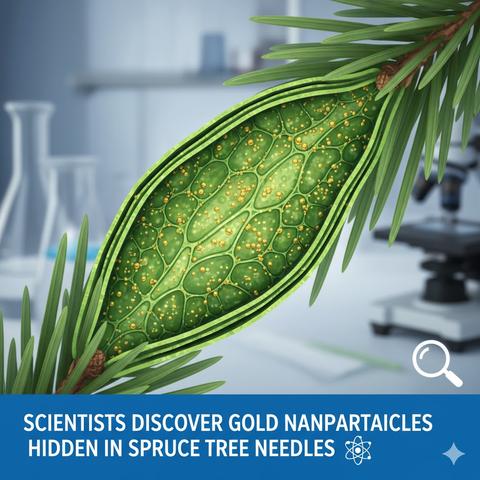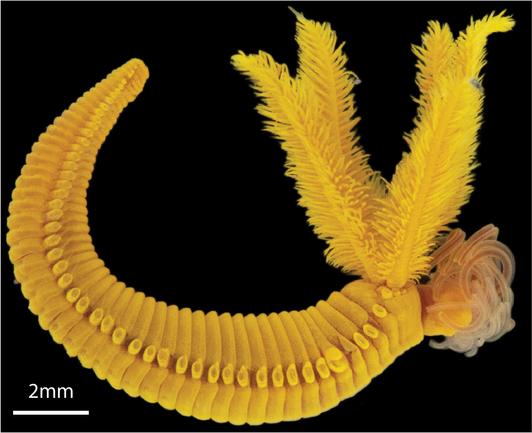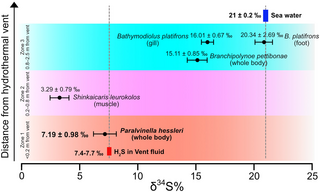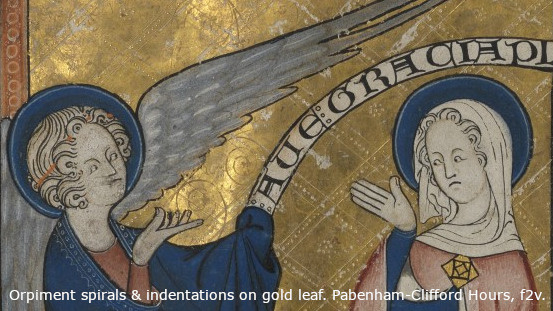I've just dicovered this amazing website about tesselated materials in nature (thanks @gregeganSF 😊 🙏 )
https://tessellated-materials.mpikg.mpg.de/collection
A lot of pals at Glasgow did work in biomineralization. In 2017 there was a residency + exhibition with the artist Rachel Duckhouse, which I think was one of the best such things I've ever been involved with 😊 🤓 🤩.
Lots of beautiful stuff on Rachel's website here:
https://www.rachelduckhouse.co.uk/shell-meets-bone
#Geology #Mineralogy #Art #Biomineralization #Tesselation #ShellMeetsBone









